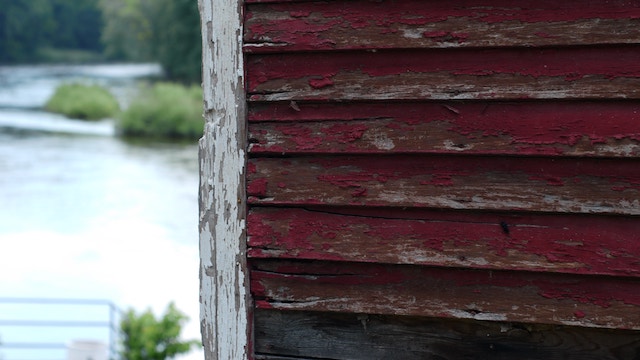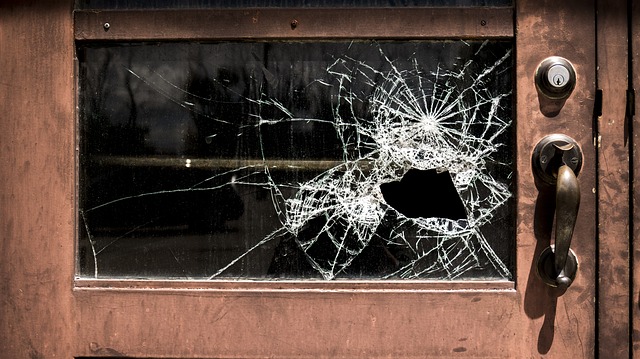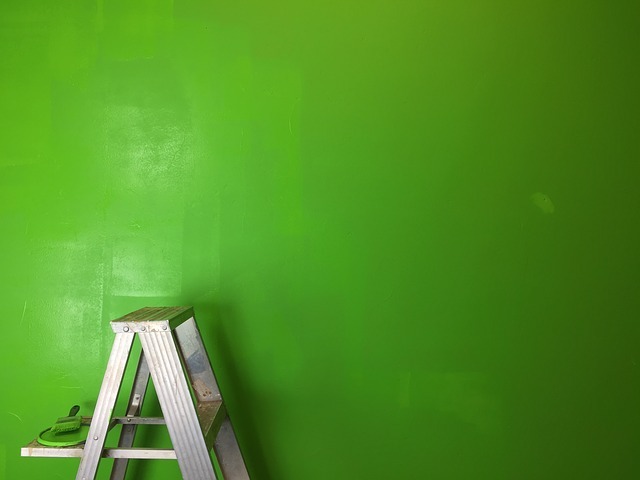“Normal wear and tear” is one of the most difficult terminologies to understand in the Florida landlord-tenant laws. The law attempts to define it as “something that is not considered to cause damage to property.”
This means that a landlord can’t hold tenants liable for normal wear and tear. In other words, landlords cannot use a tenant’s security deposit for repairs stemming from this.
In this article, you’ll get an overview on how to distinguish normal wear and tear from damage in your Orlando, Florida property.
Examples of “normal wear and tear”
- Slow draining shower from pipe buildup
- Battery replacement for Smoke Detector/Carbon Monoxide alarm
- Warped cabinet doors that won’t close
- Doors that won’t close due to swelling from humidity
- Wood floors requiring a new varnish job
- Minor scratches on the wood floor
- Moderate dirt on the carpet
- Carpet worn by normal use
- Faded curtains
- Dusty blinds
- Small dent in the wall from the doorknob
- Minor holes in the wall from thumbtacks or nails from hanging posters
- Faded paint

- Loose faucets
- Nail holes in the wall from hanging pictures or art
- Partially clogged sinks
- Loose grout or tiles on countertops
- Worn or loose door hinges
- Cracked light switch plates
- Faded or cracked paint
As a landlord, you cannot make deductions from the security deposit for any of these damages. They are the expected decline in the condition of the property due to normal everyday use.
Examples of property damage
- Water damage to hardwoods, missing outlet covers, remotes for garages or gates
- Excessive dirt and bugs or fleas, as well as trash and junk left behind
- Broken or damaged appliances
- Missing or damaged blinds, broken windows and window screens, broken doors or locks

- Pet urine, stains, burn marks in carpets
- Repainting where a tenant has repainted from original colors
- Plumbing backups
- Broken tiles of fixtures in the property
- Excessive holes in walls
- Damaged or missing door handles or locks
- A hole in the middle of the door
- Broken toilet seat
- A smashed bathroom mirror
- Landscaping that has been neglected and needs complete replacement
- Smoke marks from candle burning or smoking
If a tenant has caused any of these damages to your property, the Florida landlord-tenant law permits you to deduct the appropriate fees from their security deposit.
You’ll then have 30 days from the termination of the lease to notify the tenant of your intention to deduct their deposit. The notice must be written. If you fail to do this within the thirty days, you’ll forfeit any right to deduct any portion of the tenant’s deposit.
In the notice, make sure to list the reasons for the deduction.
Damage vs. Regular Maintenance
When a tenant moves out of your rental property, you will need to get it rent-ready for the next renter.
The following are some good examples of regular maintenance you should do:
1. Light Bulbs
As a landlord, you need to make sure your property is ready for rent. Among other things, it means that the property must have working light bulbs. Once the tenant moves in, the responsibility shifts to them.
2. Paint
One way to make the property look like new is giving it a fresh coat of paint.

The tenant, on his part, will then need to ensure that they don’t damage the paint. If they do, that would constitute as property damage.
In such a case, you can perhaps subtract the cost of repainting the walls from their security deposit.
3. Carpet
If you want to get the properties carpets professionally cleaned before a tenant moves out, it cannot be deducted from their security deposit.
However, if the tenant has caused excessive damage to the carpet then you can potentially hold the tenant liable for the cost of cleaning it.
4. Cleaning
When a tenant moves out and as part of maintenance you clean the property, you as the landlord has to pay for it.
If the tenant left the place in a bad condition, then you could make the cost of getting the place professionally cleaned on them.
To avoid any confusion or misunderstanding on what constitutes a clean home, put your requirements in the agreement. You could even provide them with a simple guide outlining your basic expectations.
Importance of a Move-in Inspection
A move-in inspection is mutually beneficial to both you and your tenant. It’s designed to document the original condition of your rental property.

This way, it’ll lower the chances of a misunderstanding when it comes to property damage caused by the tenant.
Security deposits can be a source of conflict between tenants and landlords. The amount of deposit to return depends on understanding what property damage and normal wear and tear are.
Hopefully, with this information, you’ll now be more knowledgeable on the topic and can make justifiable decisions when it comes to returning a tenant’s security deposit.
